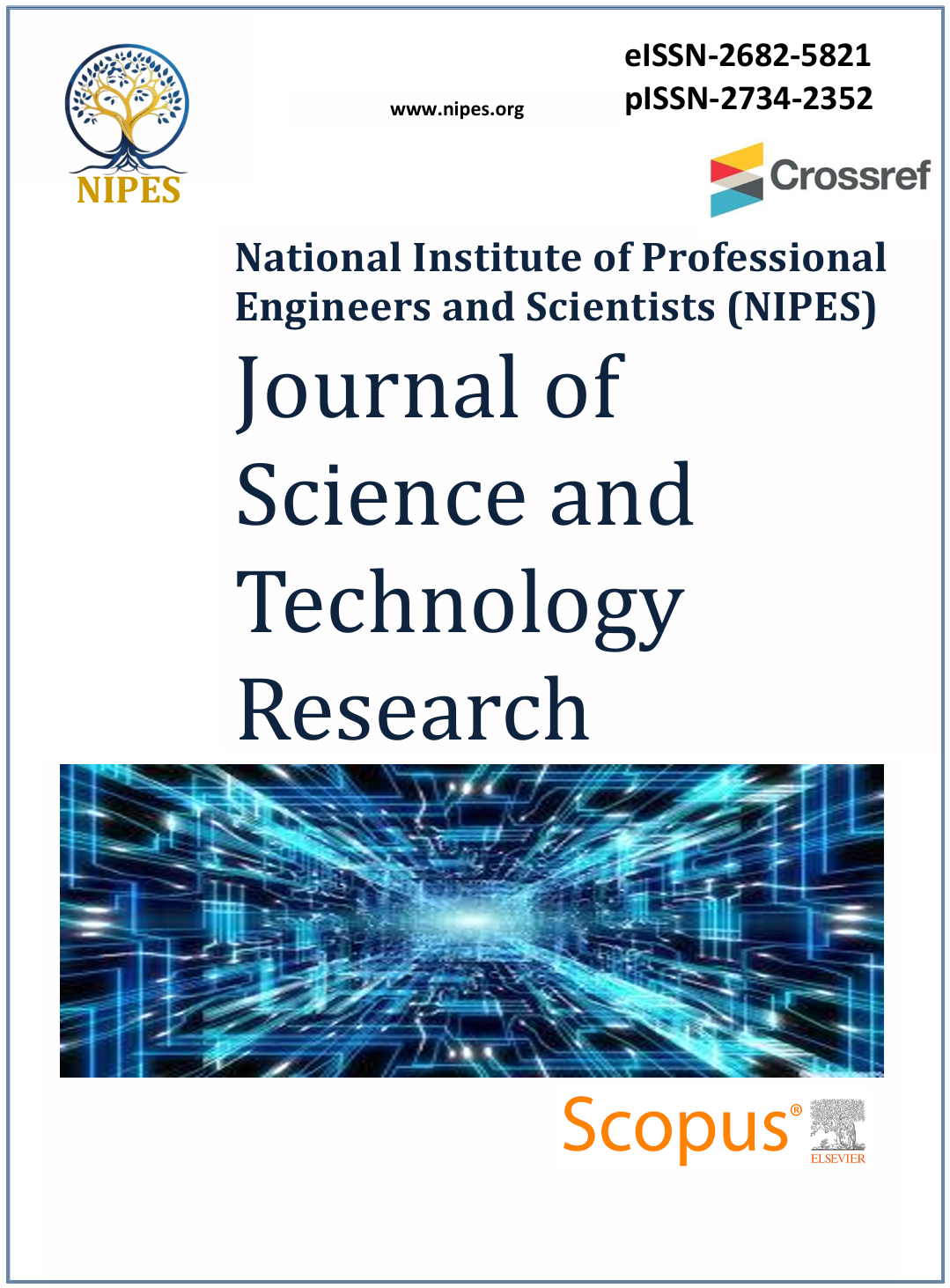Improvement of Power Transfer with Solar System Integration on Nigeria 330 kV Transmission Grid
DOI:
https://doi.org/10.37933/nipes/7.1.2025.21Abstract
Inadequate power transfer has been one of the major issues facing Nigeria, leading to an economic crisis over the past decades. This is partly due to over-dependence on conventional and non-renewable means of power generation as the high cost of oil has led to high energy costs. This and some of the issues of low power transfer can be mitigated by delving into renewable energy generation and integration into the existing national grid. Hence, this work looked at how solar power can be utilized and integrated into the 48 bus Nigeria transmission grid for improved power transfer and reduced energy costs to consumers. The simulation was done with the NEPLAN analytical tool and MATLAB software was used for plotting the charts. From the outcome of the analysis, integration of solar system in the least locations as per the result from the optimum power flow studies resulted in improved active, reactive, and available power transfer. In the initial simulations, the real power flow varies between 6 MW to 24 MW, reactive power between 15 MVar to 33 MVar, and available transfer capability (ATC) between 12 MW and 32 MW. When the solar system was introduced in the network, the variations improved to 7 MW for the least active power which signifies 16.67% increase, and 25 MW for the most active power which signifies 4.17% increase. The reactive power increased to 16 MVar for the least bus which signifies 6.67% improvement, and 35 MVar for the highest bus which signifies 6.06% improvement. Also, the ATC increased to 12.6 MW for the least bus which indicates 5.00% improvement and 34 MW for the highest bus which indicates 6.25% improvement. The results showed that solar integration can improve power transfer, leading to lower energy cost.






